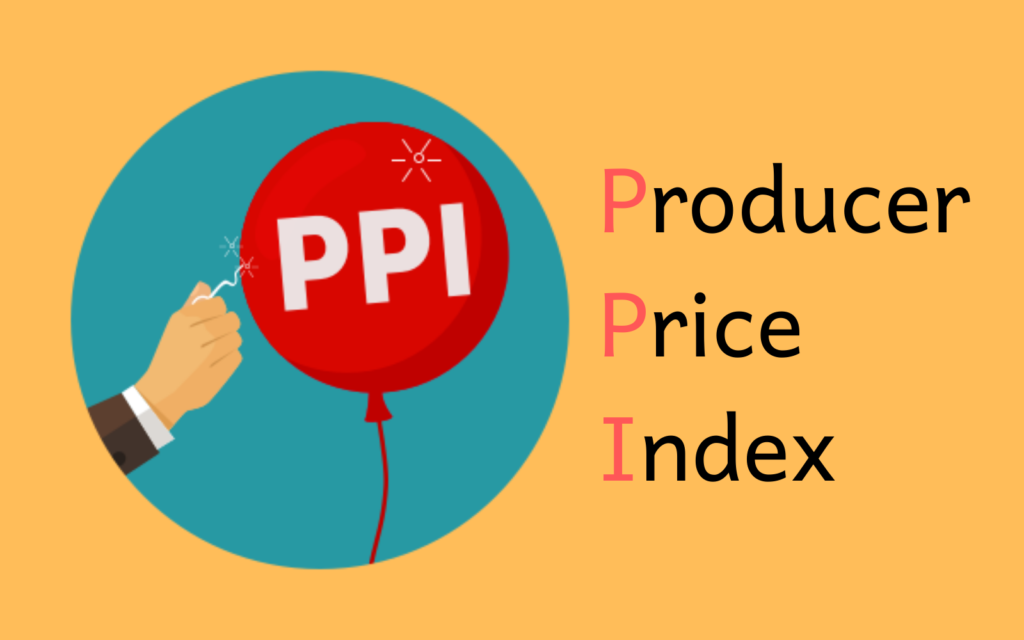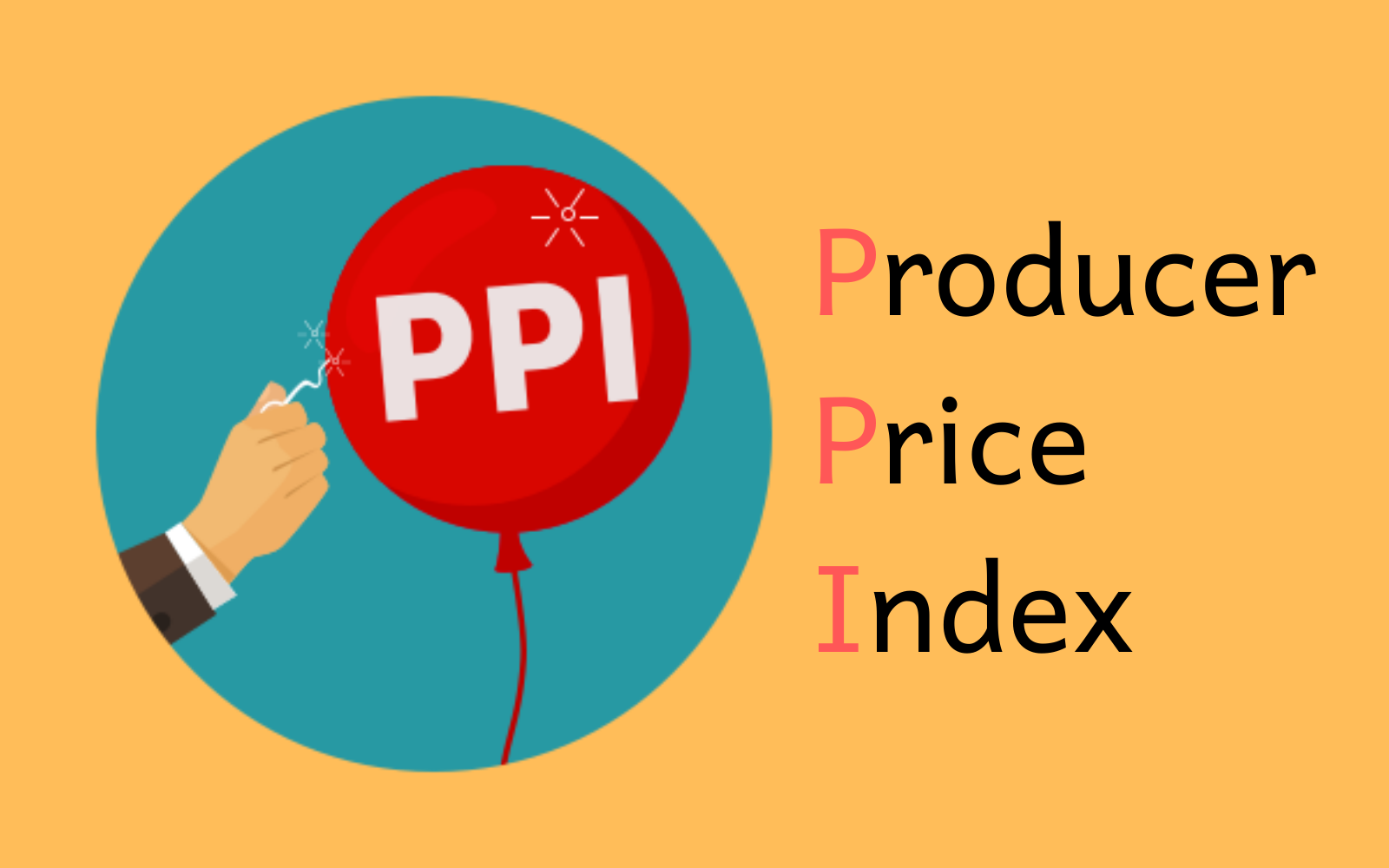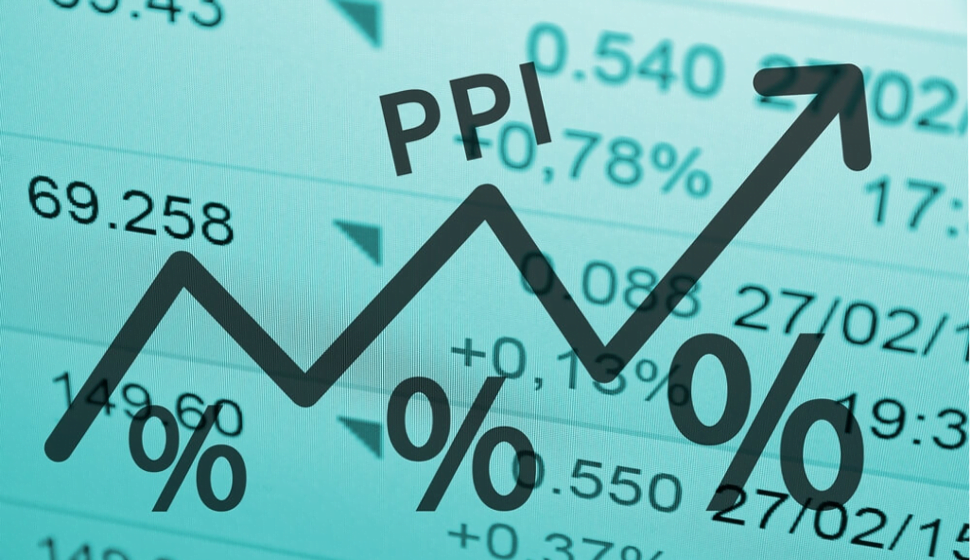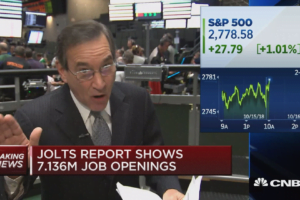Core Producer Price Index (PPI) 6 Comprehensive Overviews.

Core Producer Price Index (PPI)
Core Producer Price Index (PPI) is a crucial economic indicator that measures the average change over time in the selling prices received by domestic producers for their output. It reflects price changes at the wholesale level, before products reach consumers.
The PPI provides valuable insights into inflationary pressures, industry trends, and overall economic health. Economists, businesses, and policymakers closely monitor this index to understand cost trends and their potential impact on the broader economy. This essay provides a detailed examination of the PPI, including its calculation, significance, components, and implications for various stakeholders.
Calculation and Components of the Core Producer Price Index
The PPI is calculated based on a weighted average of prices collected from a sample of producers across various sectors. It is compiled by the Bureau of Labor Statistics (BLS) in the United States and similar institutions in other countries. The index is expressed relative to a base year, which is typically set to 100.
Data Collection:
Data for the PPI are gathered through surveys of producers, including manufacturers, miners, and service providers. These surveys capture prices for a wide range of goods and services, including raw materials, intermediate goods, and finished products.
Weighting:
The PPI is a weighted index, meaning that different items contribute to the index based on their importance in the overall economy. For example, more significant industries like petroleum or automobiles may have a higher weight compared to smaller sectors.
Components Core Producer Price Index
Finished Goods:
This category includes products ready for sale to consumers or businesses. It reflects the prices of goods that are fully processed and ready for distribution.
Intermediate Goods:
These are products used in the production of other goods. The PPI tracks the price changes of these goods to understand how costs are passed along the supply chain.
Raw Materials:
This category captures the price changes of raw materials before they are processed into finished goods. It provides insights into the cost pressures faced by producers at the initial stages of production.
Significance of the Core Producer Price Index.
The PPI is a crucial indicator for several reasons:
Inflation Measurement Core Producer Price Index
The PPI serves as an early indicator of inflationary trends. Since it measures price changes at the wholesale level, it can signal potential changes in consumer prices. If producers face rising costs, they may pass these costs onto consumers, leading to higher retail prices.
Economic Analysis:
Analysts use the PPI to assess the health of various industries and the economy as a whole. By examining changes in the PPI, they can identify trends in production costs, sectoral performance, and overall economic conditions.
Business Planning:
Businesses use the PPI to make informed decisions about pricing, budgeting, and cost management. Understanding price trends helps companies adjust their pricing strategies and manage profit margins effectively.
Policy Making:
Policymakers and central banks use the PPI to guide monetary policy. By monitoring the PPI, they can make informed decisions about interest rates and inflation control measures. A rising PPI may prompt a central bank to consider tightening monetary policy to curb inflation.
Implications of the Core Producer Price Index.
The implications of changes in the PPI are far-reaching and affect various sectors and stakeholders:
For Consumers:
While the PPI itself does not directly impact consumer prices, changes in the index can signal future price adjustments. If producers face higher costs, these costs are often passed on to consumers, leading to increased prices for goods and services.
For Businesses:
Companies across industries monitor the PPI to gauge input costs and adjust their pricing strategies accordingly. Rising PPI may lead businesses to increase prices to maintain profit margins, while a falling PPI may allow for price reductions.
For Investors:
Investors use the Core Producer Price Index to assess economic conditions and make investment decisions. A rising PPI may indicate inflationary pressures that could impact bond yields and stock market performance. Conversely, a declining PPI may signal deflationary trends or weakening economic conditions.




